Grouse chess: varieties, planting and care
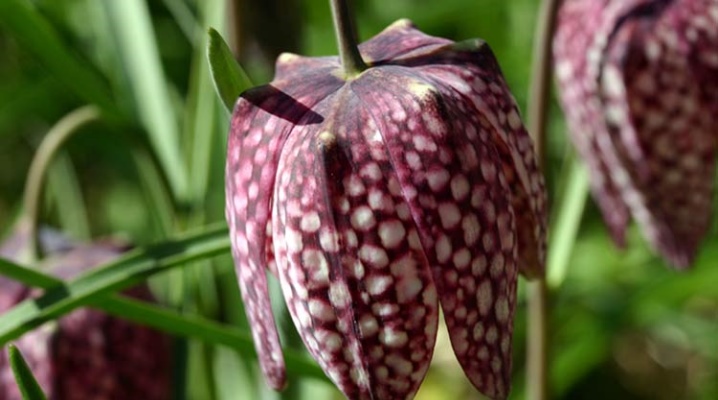
Chess hazel grouse is one of the most unpretentious plants; it can be grown independently in garden conditions without any problems. This flower belongs to perennial plants, looks very elegant, perfectly combined with many flowers in landscape design. Further, we will get acquainted in more detail with the varieties of chess hazel grouse and the nuances of their planting, as well as learn about the methods of reproduction.
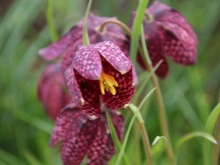
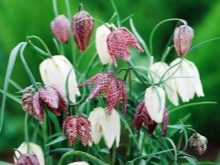

Description
The hazel grouse is a perennial plant from the Liliaceae family.
The stem usually reaches 15–25 cm in height. Flowers in wild plants are ordinary, often solitary, and varietal ones can have 2 or even 3 flowers. The flowers usually reach 4 cm in diameter. In nature, hazel grouse reproduces independently: with the help of seeds or vegetatively, by the formation of new bulbs.
Chess hazel grouse is actively used as an ornamental plant by many gardeners around the world.because it tolerates winter well. According to many sources, specialists know about 10 varieties that can be grown even by novice gardeners without any problems.
Grouse bloom begins in spring and lasts on average until early July.


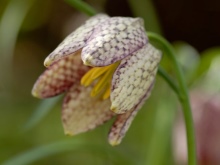
Review of popular varieties
All varieties of checkerboard hazel grouse are considered winter-hardy and resistant to all kinds of temperature extremes, which is why this plant is grown in many regions of our country. Consider the most relevant of the varieties.
- Alba. The flowers of this variety have a deep white color. The Alba plant is usually no more than 20 cm tall, making it ideal for planting on alpine slides.
- "Aphrodite". This variety also has white flowers. But if we compare it with the previous one, then the flowers of "Aphrodite" are larger.
- "Jupiter". It is believed that this variety expresses all the features of the species in the best possible way. The so-called pattern on flowers is most clearly visible on it. It has a rich red color. In height - usually no more than 25 cm.
- "Mars". The flowers of this variety are bright purple in color. The stems are low - usually no more than 20 cm.
- "Orion". The flowers of this variety are colored purple with a pronounced light checkerboard pattern.
- Sharon and Artemis. They represent the most contrasting varieties of chess hazel grouse.
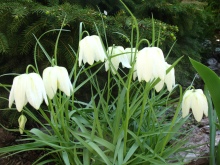
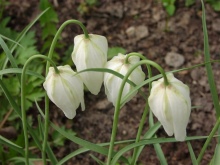
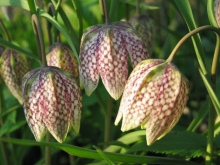
Landing features
Before you start choosing a place for planting a plant, you should decide which composition of hazel grouses you want to make. For ordinary flower beds and alpine slides, it is recommended to choose low-growing hazel grouses, and for a separate planting - tall varieties.
Grouse are often planted next to vegetable beds, since the smell of these plants easily scares away many insects and pests.
It is best to plant hazel grouse in partial shade places, because under the bright and scorching sun, the flowers can quickly wither and grow not as large as usual. But even in full shade, it is best not to plant such plants, since over time they can begin to disappear. It is also advisable to plant these plants in places protected from strong gusts of wind.


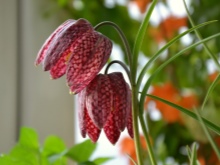
As for the choice of soil, it should be noted that this plant is not very demanding on it. It can grow well even in moist soil. But it is best to give preference to loose and well-drained soil with low acidity. The presence of organic matter is always welcome.
Usually, hazel grouse bulbs are planted immediately after purchase. The best time for planting is August or September. In rare cases, it is recommended to disinfect the bulbs; for this, you can use special agents or a weak solution of manganese. After this, it is very important to dry the bulbs thoroughly.
Previously, compost and a layer of drainage should be introduced into the holes, you can also use humus. When planting, it is very important to carefully straighten the roots of the plant. When choosing a low-growing variety, the bulbs must be deepened by 5–10 cm, and tall ones by 25–30 cm. The bulbs in the pits should be placed slightly at an angle. You should also leave an average of 15 cm between several bulbs, and 25 cm between large ones.
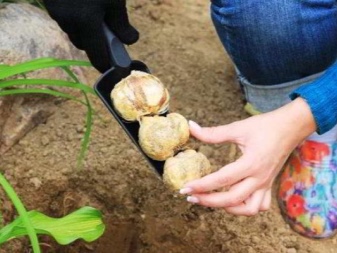

Care rules
If the plant is planted outdoors in the right place, then there is no need to replant it in the next 3-4 years. Usually, the bulbs should only be dug up if the plant needs to change the area.
In autumn, the stalks of hazel grouse are pruned, leaving about 1 cm above the ground, after which the soil is mulched. No other actions are required before preparing for winter.
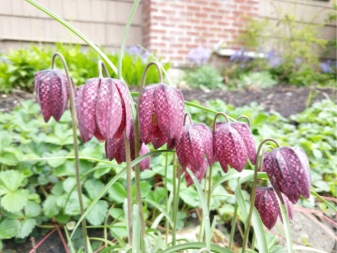
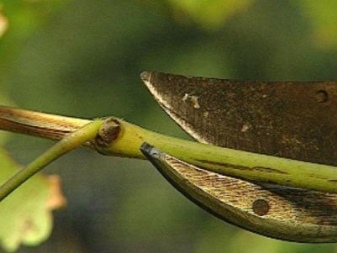
Top dressing should be done twice a season. For this, you can use mineral fertilizers or compost. Sprinkle fertilizer directly on the soil after the last frost has come off. Complex fertilizers can be used as top dressing or wood ash can be used. It is especially useful during flowering.
As for watering, it should be moderate and not overly abundant. It is recommended to moisten the hazel grouses only as the earth dries up. Overflowing plants is highly undesirable, as this can lead to rotting of the bulbs.

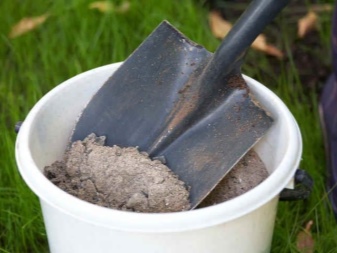
After planting, hazel grouses need soil loosening and mulching. Foliage or dry sawdust can be used as mulch.
Grouse are considered hardy plants, and therefore they are rarely sheltered for the winter. However, if in winter there is little rainfall or it is very harsh, then it would be useful to cover the plants with dry foliage or needles branches.
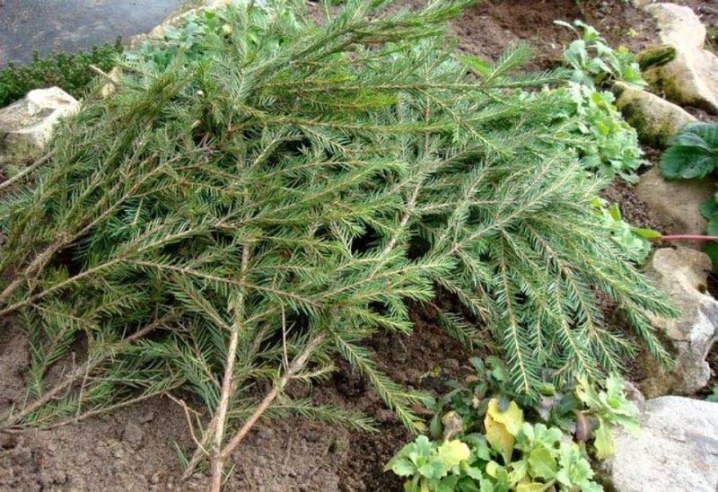
Reproduction methods
As you know, hazel grouse can be propagated in 2 ways. The method of propagation by seeds is considered the most time consuming, and therefore gardeners often prefer bulbs.
Bulbs
Bulb propagation is important when the flower needs to be divided. Usually the need for this arises when the plant is actively growing, as a result of which there is little space for it. Transplanting the bulbs is carried out at the end of summer, when the leaves begin to turn yellow. Yellow leaves indicate that the plant has accumulated all the necessary substances, so it can be dug up, divided and transplanted.
When digging up the bulbs, remember that they are very delicate and should be handled as carefully as possible. Small onions should be cut with extreme care. After separation, they can be immediately planted in a new, pre-prepared place. If the site has not yet been chosen, then it is recommended to place the bulbs in peat and a dark, cool place so that nothing will happen to them in the next few days before planting.
In the autumn, when planting baby bulbs, they should be covered with mulch. This is done so that young plants can survive the next frost.
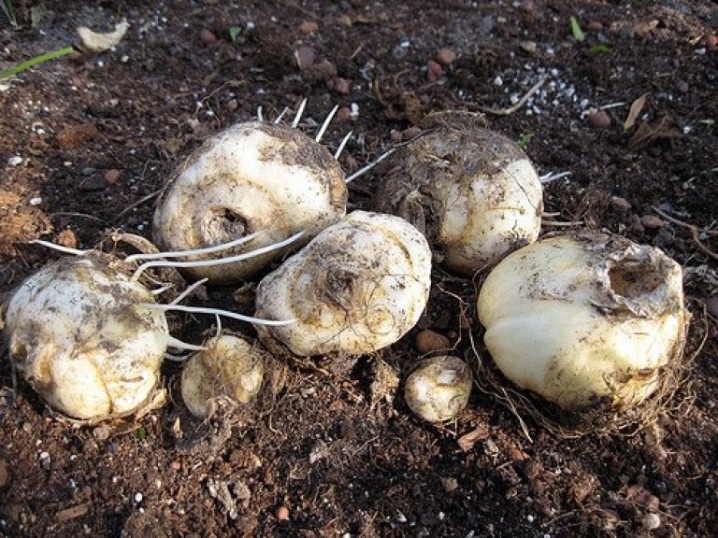
Seeds
Chess hazel grouses have boxes in which seeds ripen, which can be planted in the future. You can collect them in the summer after the boxes are dry. Immediately after collection, they can be planted in the ground, it is worth deepening by no more than 1 cm. They usually emerge next year. But plants grown from seeds usually bloom only after 3-4 years.
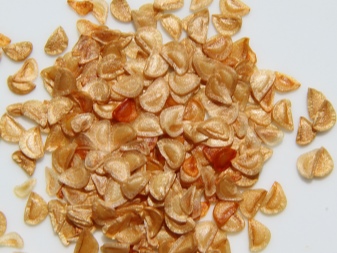
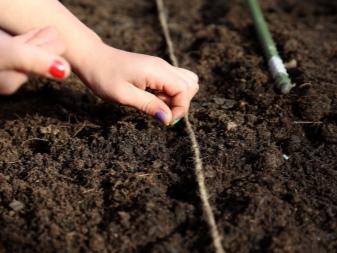
Diseases and pests
Grouse are considered to be quite resistant to diseases and any pests. However, they are often affected by gray rot.Gray rot belongs to fungal diseases, it is treated with special drugs, and the affected areas are removed.
To avoid infection, hazel grouses should not be planted in places where bulbous plants have already grown. If the bulbs already have signs of the disease, then they must be treated with a fungicidal preparation or ash.
It is also very important not to plant plants where there is frequent stagnation of water.


If insects are found on the plants, they should be removed immediately. You can spray flowers not only with special insecticides, but also with decoctions, infusions from various herbs, the latter are considered the safest for plants.
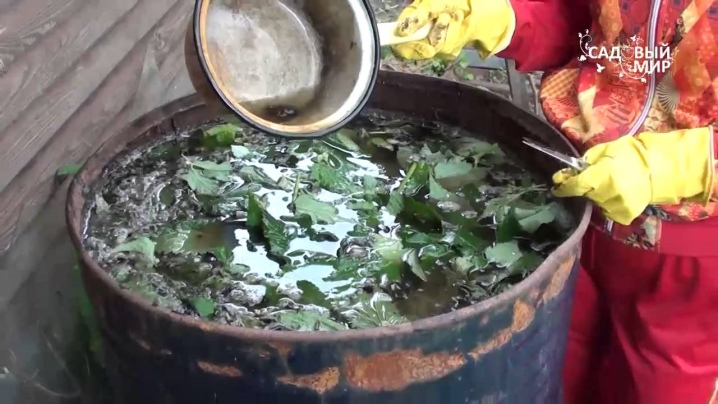
Landscape design
Chess hazel grouse can be a decoration for any garden. It is called a real spring flower. However, it is worth remembering that this plant has a peculiar smell, which not everyone likes, but it perfectly scares away rodents. Hazel grouses look great in single compositions in flower beds. But this does not mean at all that one should not plant hazel grouses next to other flowers, because they perfectly coexist with roses, tulips and daffodils.
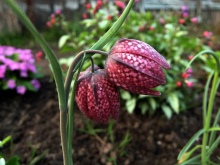
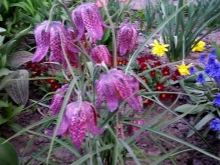
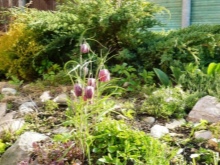
For an overview of the hazel grouse, see the next video.


































































































The comment was sent successfully.